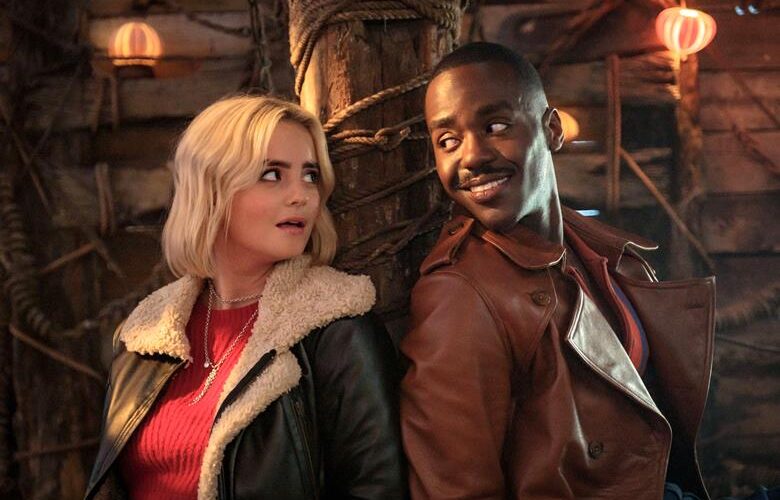Rushes Delves Into Human Body For BBC1
Rushes Films & TV created the VFX for Inside the Human Body, a four-part series about the wonders of the human body that started airing on BBC1 last week. Series Producer Alice Harper commissioned Rushes for VFX on 3 out of the 4 episodes.
The brief required CGI sequences that would show the wonder and surprising beauty inside every one of us: from the life cycle of a red blood cell to watching the body’;s immune system wage war against a common cold.
Louise Hussey, Rushes’; VFX Producer, says: “The exciting aspect of this project was the artistic approach to the VFX. The production team was very clear that they wanted visuals in a more unusual and artistic way than human body graphics normally require. The inspiration came as much from paintings and photos as it did from a medical textbook.”
Work on each sequence began with the creation of the animatic, a moving storyboard that allows the production team to see how each CGI section will fit into the show. Rushes’; Lead Animator, Craig Travis, created the animatics for all sequences, bringing together his animation experience coupled with an understanding of cinematic camera work.
Look development for Inside the Human Body was a complex process with each sequence needing its own identity. Hayden Jones, VFX Supervisor at Rushes explains, “During the creation of the embryo sequence I would use Zbrush to sculpt a version of the character and send it over to David Barker, researcher, on the production team who would then send it onto relevant experts to check the science. This would then be fed back and the model altered accordingly until we were sure that the CGI was as accurate as possible.”
With a large variety of characters, looks and environments Rushes utilized its Film&TV pipeline to make sure they could keep the highest visual quality while rendering minutes of HD content. Autodesk’;s Maya was the backbone of the pipeline, with Zbrush integrated for organic modelling and texturing. The sequences were rendered using Pixar’;s Academy Award winning Renderman, allowing the artists to create feature film quality, multi pass and high dynamic range renders. Mark Pascoe, Rushes Lead Technical Artist used Renderman’;s point based subsurface scatter algorithms to create realistically organic materials and looks. He also harnessed Renderman’;s delayed archives, a system that allows extreme amounts of geometric detail to be computed.
The renders were composited in Nuke from the Foundry. Jones continues, “With Nuke’;s speed and fully floating point workflow it allowed us great flexibility in the composite to experiment with the look of the rendered CGI. With multiple passes for each layer of rendered footage we could fine tune every element in the composite to get the required look.”
Share this Article















